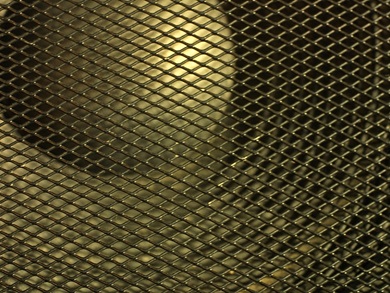Metal hydrides are widely used in organic syntheses, in nickel-metal hydride batteries, and as potential hydrogen-storage materials. Despite the interest in these materials and the widespread use of sonochemistry in materials science, the research by a team at The Ohio State University, Columbus, USA, is the first to exploit ultrasound in generating hydrogen atoms to reduce a metal to its hydride. They synthesized copper(I) hydride by reduction a copper(II) solution using utrasound.
Ultrasound produces bubbles in the liquid which collapse and produce temperatures as high as 5000 K, pyrolyzing any vapor trapped within and triggering radical reactions in the bulk solution.
- Sonochemical synthesis of copper hydride (CuH)
P. Hasin, Y. Wu,
Chem. Commun. 2012.
DOI: 10.1039/C2CC15741A




